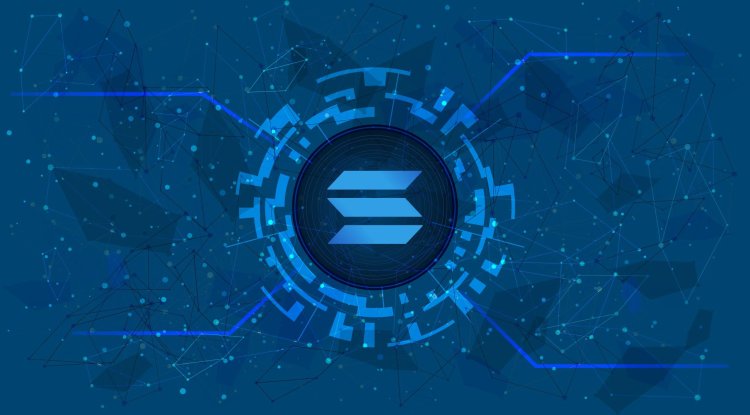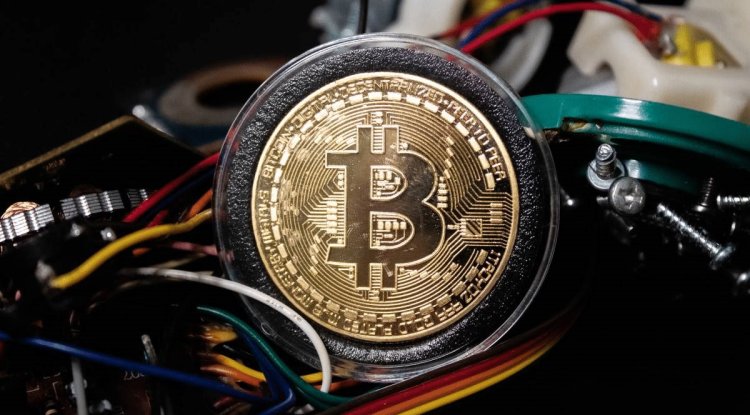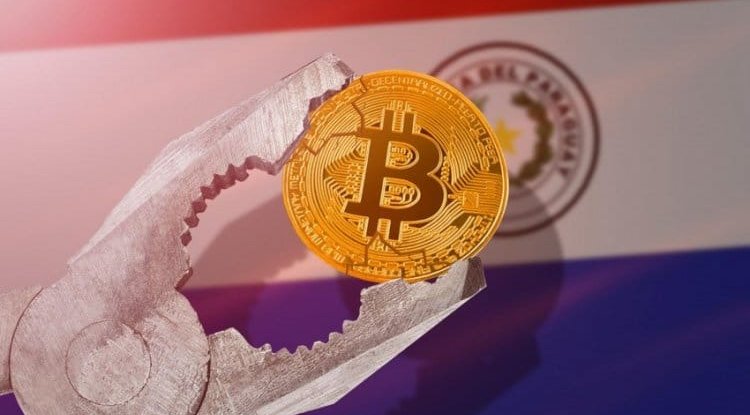What is Solana cryptocurrency? How fast is Solana?

Solana is a blockchain on a website that provides fast, secure, scalable, decentralized applications and markets. The system currently supports 50,000 TPS (transaction per second) and 400ms (milliseconds) time blocks. The overall goal of Solana software is to show that there is a possible set of software algorithms that use a combination to create a blockchain. "This would allow the flow of transactions to be scaled proportionally with the bandwidth of the network that satisfies all the properties of the blockchain: scalability, security and decentralization." The system can support the upper limit of 710,000 TPS on a standard gigabit network and 28.4 million TPS on a 40 gigabit network. SOL background
In 2017, Anatoly Yakovenko founded Solana (salt). Yakovenko worked at Qualcomm before founding Solana. Together with Eric Williams and Solana’s technical director, Grego Fitzgerald, they created a new process for solving the traditional bandwidth problems that existed in the Bitcoin and Ethereum blocks.
They hoped to create an unreliable and distributive protocol that would allow for greater scalability.
"The team currently supports the experience of top organizations in the world, including Apple, Qualcomm, Intel, Google, Microsoft, Twitter, Dropbox and many others. The influence that Solana has created has also attracted the attention of many investors, including Multicoin Capital, Foundation Capital, SLOV Capital, CMCC Global, Abstract Ventures and many others."
What kind of consensus method does Solana use? The salt network has about 200 physical nodes that support the flow of over 50,000 TPS when running a GPU. One of the biggest challenges with distributed systems is agreeing on time.
The Proof of History method is used by Solana. With Proof of History, you can create historical records that prove that an event occurred at a particular time. The algorithm is a high-frequency function of verifiable delay. This function requires several consecutive evaluation steps.
Transactions or events that are evaluated will receive a unique hash and number that can be publicly and efficiently verified. Counting allows us to know when each transaction or event occurred, acting as a cryptographic timestamp. Inside each node is a cryptographic clock that tracks network time and event sequence. This allows for high throughput and greater efficiency within the Solana network. 8 basic innovations of Solana:
"Proof of History (PoH) → clock before consensus"
Solana’s PoH consensus algorithm helps create greater efficiency and bandwidth within Solana’s network. Having historical records of events or transactions it allows the system to more easily track transactions and track the order of events.
"Tower BFT → PoH optimized version of PBFT (Practical Byzantine Fault Toleration)"
The BFT Tower is a similar PBFT algorithm designed to take advantage of a synchronized clock. "Tower BFT uses PoH as its cryptographic clock that allows consensus to be reached without the need for heavy message load and transaction latency."
"Turbine → block propagation protocol"
The Turbine protocol facilitates the transfer of data to blockchain nodes. The turbine can do this by breaking the data into smaller packets. This way, the saltworks solve the problems with omissions, which increase the capacity to quickly execute transactions.
"Gulf Stream → Protocol for forwarding transactions without Mempool"
The Gulf Stream protocol has the role of bringing transaction caching to the end of the network. Because of this, validatory can execute the transaction in advance. All this reduces the confirmation time, allows you to change the leader and less pressure on the memory of the validity from unconfirmed groups of transactions. So, this protocol allows Solana to support 50,000 TPS.
"Sealevel → Parallel smart contracts at runtime"
Sealevel is a hyper-parallel transaction processing mechanism used for horizontal scaling across GPUs and SSDs. "This system allows Solana to get a more efficient execution time and also allows transactions to be executed simultaneously on blocks with the same status."
"Pipeline → Transaction processing unit to optimize the validation"
Pipelining is a process in which the flow of input data is assigned to different hardware devices that are responsible for it. So, this mechanism allows transaction information to be quickly validated and copied to all nodes in the network.
"Cloudbreak → Horizontally Custom Accounts Account Database"
In order to achieve the necessary scalability on the Solana network, it is necessary to use Cloudbreak. Cloudbreak is a data structure that is optimal for simultaneous reading and writing across the network.
"Archivists → Distributed bookstore"
We use Archivists to store data. Solana data is transferred from validatory to a network of nodes known as archives. These nodes can be lightweight (e.g. laptops) and will be inspected from time to time to ensure they are storing the right data.
"What is a Solana (SOL) cluster?"
"A cluster is a set of computers that work together." From the outside, they can be seen as a single system. Each Solana cluster is a set of independently owned computers that usually work together (they can also work against each other). Computers help verify the output of unreliable programs sent by users. Besides, we can use a cluster whenever the user hopes to preserve an immutable event record or programmatic interpretation of events.
Some cases of using technology are to keep track of which computers were running, which made sense to maintain the cluster. Another option may be to monitor real estate ownership in the real world. One good thing about this is that as long as someone has a copy of the book, the results of its programs will always be reproducible and will be independent of the organization that published them. Token SOL
The SOL token is the domestic currency in Solana’s ecosystem. So, a token can pass to nodes within a Solana cluster in exchange for running a program on a chain or checking the correctness of its results. SOL is also known to have a micro-payment role called lamports. The current circulation of SOL is 26 million. The maximum bid of SOL is 489 million. SOL also has additional use cases, you can invest a token to earn additional rewards. So investing is a good way for users to make money if they just want to keep their tokens. The investment process is quite simple:
- Transfer the chips to a wallet that supports the investment
- Create a bet order
- Choose a validity from Solana’s validatory
- Delegate your stake to the validity
Solana has partners in the crypto industry who are the best and brightest in the crypto industry. These companies include Project Serum, FTKS, Terra, akash, Chainlink, civic, dfuse, Formatic, Stardust, Kin, Tempest and others.
The serum was quite represented in the news and grew by 1500% from its EMI. “The main reason why Serum decided to build on Solana is that it offers the best of a centralized and decentralized world.”
It allows exchanges to be resistant to censorship, cheap and highly liquid.
“This can only be achieved with Solana because it allows Serum to work on a central chain of limited orders on a chain that is updated every 400 milliseconds.”
"Solana allows Serum to achieve one of the lowest latency and gas costs, making it revolutionary."





































